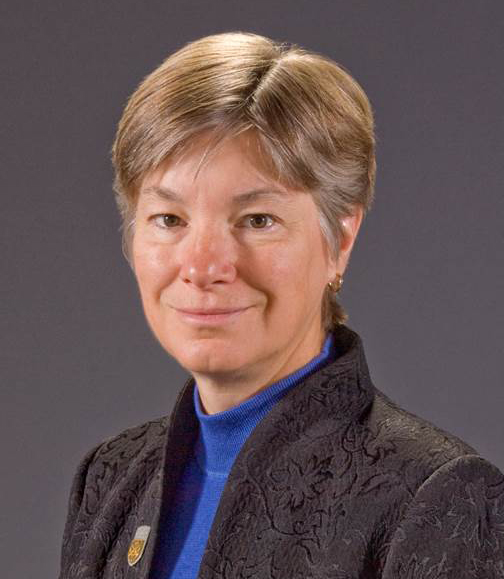by Laura Huenneke, Provost
Abundant research shows that students learn most effectively when taking the initiative to apply information to novel situations and authentic challenges. As we rapidly approach the end of another academic year, this is an ideal time to witness student accomplishments that demonstrate how well they respond to such challenges.
This week saw the inaugural offering of the Three-Minute Research Presentations a competition challenging graduate students to describe their research to a non-specialist audience with a single slide and three minutes of exposition. The large audience in Ashurst heard eloquent and compelling descriptions of an impressive array of scholarly work. Graduate College Dean Ramona Mellott is to be congratulated for envisioning this exciting event and bringing it to fruition.
Next week is another of my favorite annual events, the Undergraduate Research Symposium. Students will fill the Skydome with posters and presentations, describing not only scientific research, but also creative work, team solutions to challenges like engineering design projects and business planning, and reflections on internships and other real-world experiences. Our annual campus-wide commitment compares favorably with the best of colleges and universities across the nation.
The principle of student initiative underlies our commitment to a capstone experience in all undergraduate degrees, and the integration of internships, clinical rotations, and the like into our curricula. Yet it is not easy to provide these opportunities to all, or to ensure a successful, high quality experience. Do we dare to set an ambitious goal of providing “100 percent engagement” (as the University of Arizona has recently pledged)?
It is very hard work to place students in the right internships or research settings, to find the opportunities, coordinate placement, arrange supervision, and get credible feedback on student performance. How do we provide enough experiences on campus, when student numbers have grown and when our own financial resources have declined? How do we measure student learning from those activities?
We realize that not all students are equally comfortable in pursuing such opportunities aggressively—whether due to shyness or cultural background. How do we ensure that this element of the educational experience is not inadvertently discouraging or discriminatory? Building elements of inquiry and original work into our formal courses might be a useful approach in programs with large enrollments.
I welcome the leadership and creativity of the faculty in finding innovative and effective ways of confronting the challenge in expanding these invaluable opportunities for all of our students.



